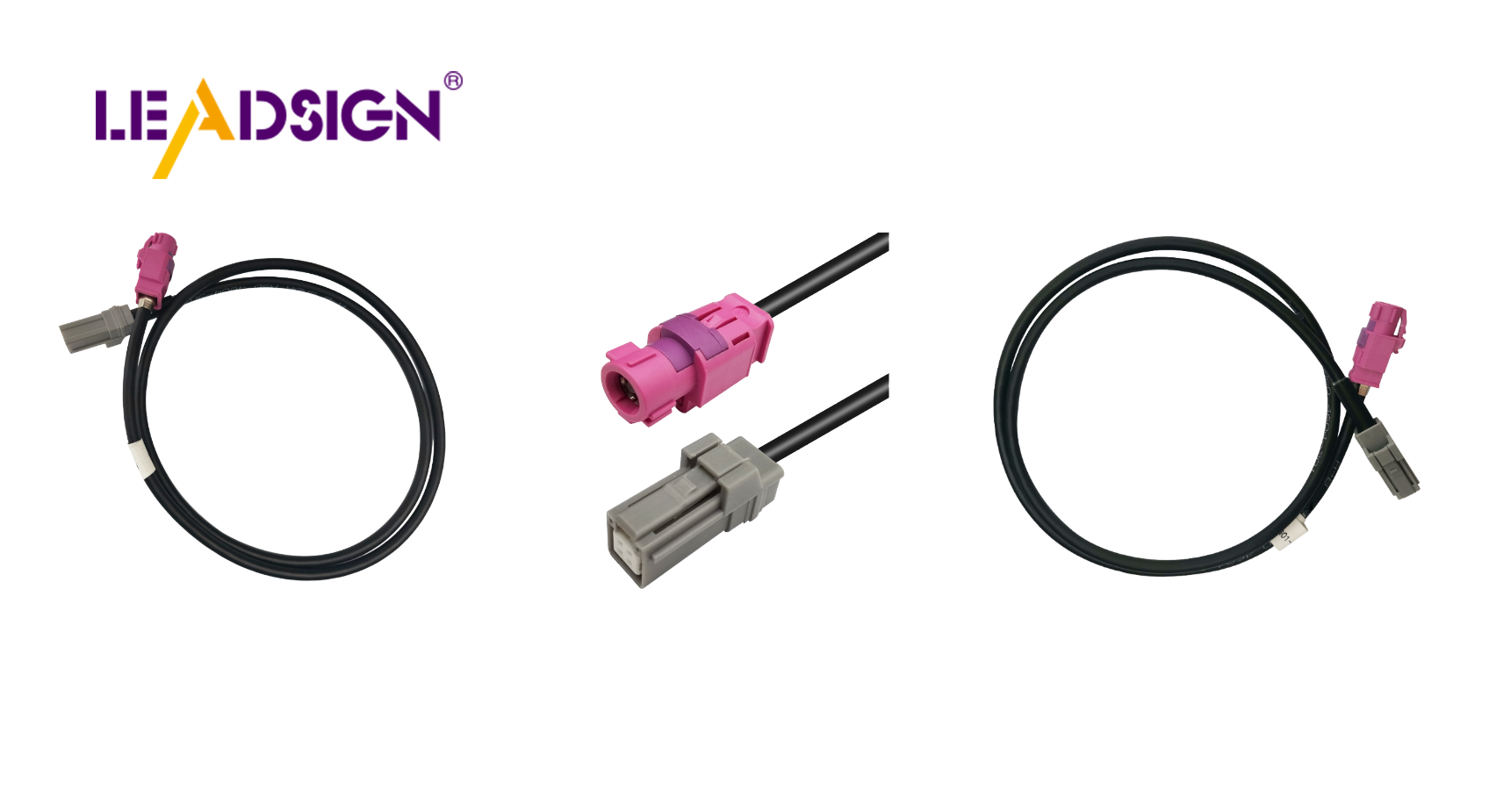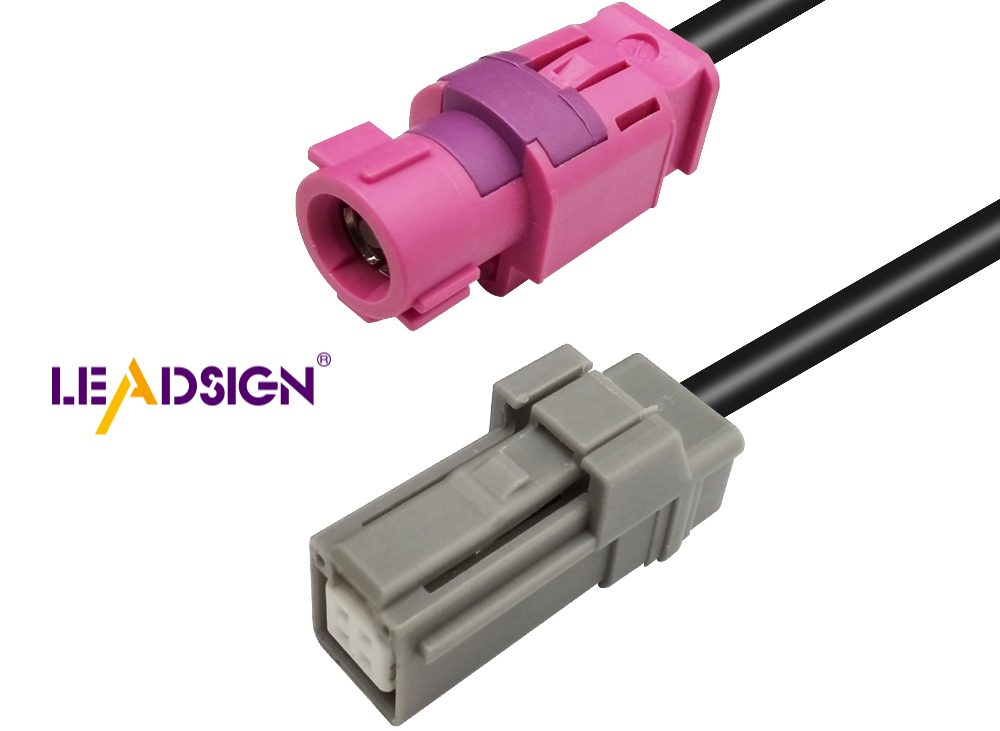The Role of 100 Ohm Automotive Wire in Resolving Connectivity Issues

Car connectivity problems can impact performance and safety. Imagine driving when sensors fail to communicate. This can lead to delays and errors in data transmission, which can be extremely dangerous. Automated vehicles require reliable connections for rapid decision-making. Addressing these issues is crucial. Utilizing robust automotive wire, such as 100 Ohm auto wire, enhances vehicle safety and efficiency. It ensures smooth and secure communication across all systems.
Understanding Connectivity Issues in Cars
Common Problems
Signal Interference
Signal interference can mess up car system communication. It often comes from things like radio waves or gadgets. This can cause delays and errors, affecting car commands.
Data Loss
Data loss happens when info doesn't arrive where it should. In cars, this means missing important sensor updates. This can lead to wrong decisions by the car's systems, hurting safety.
Impact on Car Performance
Safety Concerns
Connectivity problems are big safety risks. If car systems can't talk well, they might not handle dangers right. For example, slow sensor data can delay braking, causing accidents.
Efficiency Drop
Bad connectivity also makes cars less efficient. Systems needing real-time data might not work well. This can waste fuel and wear out parts faster.
Finding the Causes
Bad Wiring
Poor wiring is a common problem for connectivity issues. Old wires can stop data flow and cause breaks. Using good wires like 100 Ohm auto wire helps a lot.
Environment Factors
The environment affects wiring too. Extreme weather or vibrations can harm connections. These issues make connectivity problems worse for your car.
Research Highlights: Good connectivity is key for modern cars with new techs. Strong links help cars talk to each other and improve safety and efficiency.
The Role of 100 Ohm Automotive Wire

Characteristics of 100 Ohm Wire
Resistance Properties
It's important to know about 100 Ohm wire resistance. This wire keeps a steady impedance, which helps signals stay clear. The twisted pair design keeps the wire's shape even. This setup stops outside noise and boosts your car's communication.
Durability
Durability is key for 100 Ohm wire. It handles tough conditions like heat and shaking in cars. This toughness means the wire lasts long, so you don't replace it often.
How It Resolves Connectivity Issues
Reducing Signal Interference
This wire cuts down on signal problems. Its twisted design blocks outside noise, keeping car systems talking clearly. A stable link stops data delays and mistakes.
Enhancing Data Transmission
Using this wire boosts data flow in your car. Its strong build supports fast data transfer between systems. Better data flow means safer and smoother driving.
Applications in Automotive Systems
Use in Communication Systems
In communication setups, this wire is very helpful. It allows quick data transfer for things like radios and GPS. Reliable links improve how well these systems work.
Integration in Sensor Networks
You can also use this wire with sensors. It keeps connections stable and speeds up data sharing between sensors. This makes sure your car gets correct info quickly, boosting safety.
Using 100 Ohm Automotive Wire Solutions
Steps to Follow
Checking Current Wires
Before using new wire, check your car's wires. Look for any that are old or broken. These can mess up data flow. List places needing fixes. This helps know where new wire helps most. Think about what your car needs. This makes sure the new wire fits and works well.
Putting in the Wire
After checking, start adding the 100 Ohm wire. First, take out old wires carefully. Don't break other parts. Then, connect the new wire right. Follow steps closely for a good fit. The twisted design cuts noise, so install it correctly. This boosts how your car works. Test connections after to make sure all is okay.
Good Habits
Regular Checks
Keep wires in good shape by checking often. Look for wear or damage early to stop problems later. Clean connections to avoid dirt and rust. This keeps data moving well.
Quality Control
Quality control is important for good wire work. Use only top-quality 100 Ohm wire in cars. This makes it last long and stay strong. Follow maker's rules when installing and checking wires to keep them safe and working right.
Fixing car connection problems is important for safety and performance. Use 100 Ohm car wire to solve these issues well. This wire helps systems talk better, cutting down on signal noise and lost data. By using this wire, driving becomes smoother and safer. Learn more about 100 Ohm car wire benefits and use it in your car's systems. Doing this will greatly boost your car's connection and dependability.
See Also
Transforming Automotive Linkage: Benefits of HFM Connection Points
Maximizing Auto Data Transfer: Cutting-Edge Links and Wires
Significance of HSD Links in Auto Sector
Improving Data Transfer: Significance of High-Velocity Auto Links

